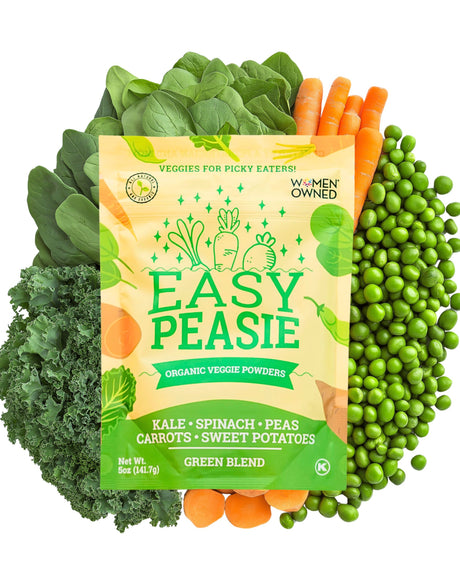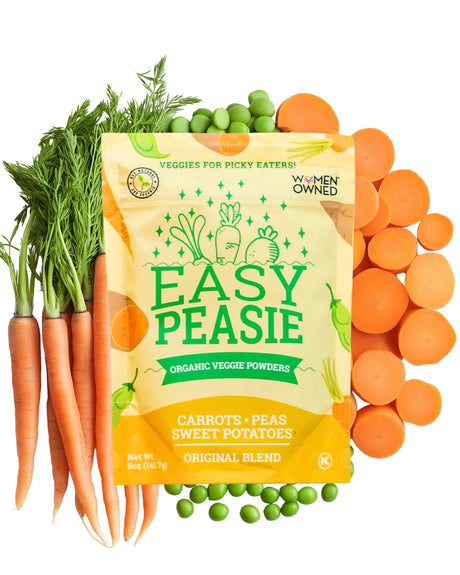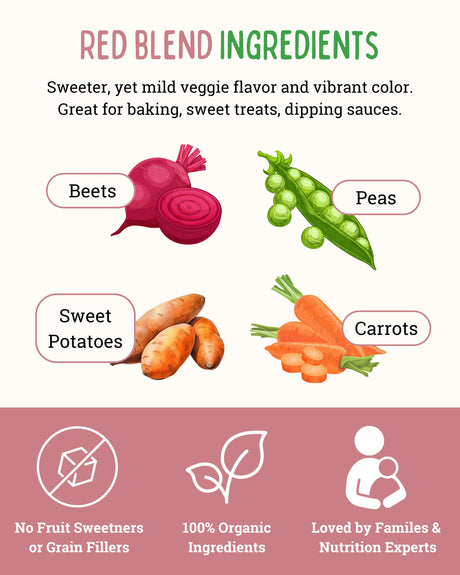The Journey of Developmental Milestones
Every child embarks on a unique journey of growth and discovery, and along this path, there are key markers known as developmental milestones. These milestones, whether it's a baby's first step or a toddler's ability to scribble with a crayon, offer invaluable insights into a child's progress.
They're not just proud moments for photo albums; they're crucial indicators of a child's overall well-being and development.
Physical Growth and Motor Skills: More Than Just Play
While every giggle-filled game of peek-a-boo or playful chase in the park might seem like simple fun, there's so much more happening beneath the surface. These moments are intertwined with the development of physical growth and motor skills in children.
Understanding these aspects is paramount for parents, caregivers, and educators. It's not just about ensuring kids are growing "right" but about appreciating the intricate tapestry of development that every child weaves.
What are Developmental Milestones?
Defining the Markers of Growth
Developmental milestones are those significant, observable moments in a child's life when they achieve a new skill or exhibit a particular behavior that's typical for their age group. Think of them as checkpoints on the roadmap of childhood, from the first smile to tying shoelaces independently.
They're the moments that make parents reach for their cameras, but they're also so much more than just cute antics.
More Than Just Moments: The Role of Milestones
While it's heartwarming to see a baby take their first step or hear their first word, these milestones serve a deeper purpose. They act as indicators, helping parents, pediatricians, and educators assess whether a child's growth and development are on track.
By understanding and monitoring these milestones, caregivers can ensure that any potential developmental delays or concerns are addressed promptly. In essence, these milestones are like a child's report card, providing insights into their physical, cognitive, and emotional well-being.
Physical Growth Milestones

Infancy (0-12 months): The Rapid Development Phase
During the first year of life, babies experience an astonishing rate of growth. It's a year of many firsts, and each month brings noticeable changes.
- Rapid Growth Rate: Infants typically double their birth weight by around 5 months and triple it by their first birthday. This rapid growth is accompanied by significant developmental changes.
- Mastering Head Control to Sitting Up: Initially, babies work on lifting their heads during tummy time. As the months progress, they start rolling over—first from their stomach to their back and then the other way around. By 6 to 9 months, many babies can sit up without support, marking a major motor milestone.
Toddlerhood (1-3 years): The Explorers on the Move
Toddlers are always on the go, eager to explore their environment. This period is marked by a whirlwind of physical advancements.
- Steady Growth: While the growth rate slows down a bit compared to infancy, toddlers still have a steady increase in weight and height. Their body proportions also start to change, with the legs taking up more of their total height.
- From First Steps to Climbing: Most toddlers take their first steps between 9 to 15 months. By their second birthday, they're not just walking but running, climbing, and even jumping, showcasing their newfound independence.
Preschool (3-5 years): The Age of Coordination
Preschoolers are more coordinated and love to show off their physical skills, from dancing to riding tricycles.
- Consistent Growth: Growth during these years is slower than the toddler phase but remains consistent. Their bodies become leaner and more proportional.
- Coordination and Strength: Their motor skills improve dramatically. Activities like hopping on one foot, catching a ball, or maneuvering scissors become part of their skill set. Their play becomes more complex, reflecting their improved coordination.
School Age (6-12 years): Refining Skills and Navigating Growth Spurts
As children enter school, they face growth spurts and continue to refine their motor skills.
- Growth Spurts: Children might grow at a steady pace and then suddenly shoot up in height, often accompanied by an increase in appetite. These growth spurts can be unpredictable but are a normal part of development.
- Mastery of Motor Skills: School-aged children become more adept at activities that require fine motor skills, like writing or threading beads. They also improve in sports, dance, and other activities that require agility, balance, and coordination.
Factors Influencing Physical Growth and Motor Development

Genetics and Family History: The Blueprint of Growth
Every child inherits a unique combination of genes from their parents, which play a pivotal role in determining their physical growth and motor development patterns. This genetic blueprint can influence height, weight, and even the age at which certain motor skills are acquired.
- Family Patterns: Often, parents might notice similarities between their child's developmental milestones and their own or those of close family members. For instance, if both parents are tall, there's a likelihood their child might follow suit.
Nutrition and Diet: The Building Blocks
A balanced diet, rich in essential nutrients, is paramount for optimal physical growth and motor development. Proper nutrition ensures that the body has the necessary building blocks for strong bones, muscles, and overall health.
- The Role of Diet: Children who are malnourished or lack specific nutrients in their diet might experience delays in growth or motor skill acquisition. On the flip side, a diet that provides all the essential vitamins and minerals can support and even enhance development.
Physical Activity: The Catalyst for Motor Skills
Engaging in regular physical activity not only strengthens muscles and bones but also refines motor skills. Activities that challenge and engage different muscle groups can accelerate motor development.
- The Importance of Play: Simple play activities, whether it's a game of catch or a bike ride, can have profound effects on a child's motor skill development, enhancing both fine and gross motor skills.
Environmental Factors: The External Influences
The environment in which a child grows up can have significant impacts on their physical growth and motor development. This includes everything from the safety of their living conditions to their exposure to stimulating activities.
- Environmental Considerations: Children raised in environments that lack stimulation or are overly restrictive might experience delays. Conversely, environments that offer a variety of physical and mental stimuli can foster robust motor development.
When to Be Concerned
Delays in Reaching Milestones: Not All Delays Are Created Equal
Every child is unique, and while there are general timelines for reaching certain milestones, some kids might take a bit longer than others. However, significant delays, especially when multiple milestones are missed, can be a cause for concern.
- Comparing with Peers: While it's essential to avoid the comparison trap, if you notice your child is considerably behind their peers in certain skills, it might be worth noting.
Regression or Loss of Skills: A Step Backward
It can be alarming for parents when a child, who once mastered a skill, suddenly seems to lose it. Whether it's a toddler who was potty-trained and now isn't or a child who suddenly stops speaking, regression can be a sign that something's amiss.
- Possible Causes: Various factors, from emotional stress to medical conditions, can lead to regression. It's crucial to observe and understand the context of these changes.
Consulting the Experts: Your Child's Best Advocates
While parents know their children best, pediatricians and child development specialists have the training and expertise to assess and guide when concerns arise.
- Early Intervention Matters: If you have concerns about your child's development, it's always best to consult sooner rather than later. Early intervention can make a significant difference in addressing and managing potential issues.
Tips for Supporting Physical Growth and Motor Skill Development

Nourishing from Within: The Power of a Balanced Diet
One of the foundational ways to support a child's physical growth is through nutrition. A balanced diet, rich in essential vitamins, minerals, and other nutrients, fuels the body's growth processes.
- Variety is Key: Introducing a range of foods not only ensures a spectrum of nutrients but also helps children develop a palate for different flavors and textures.
Move, Play, Grow: The Role of Regular Physical Activity
Physical activity isn't just about burning energy; it's pivotal for developing strength, coordination, and even cognitive skills.
- Structured and Unstructured Play: While organized sports and classes are great, free play—whether it's running in the park or playing tag—also offers invaluable motor skill development opportunities.
Toys, Tools, and Growth: Promoting Motor Skill Development
Toys and activities can be more than just fun; they can be instrumental in honing fine and gross motor skills.
- Age-Appropriate Choices: From puzzles that enhance hand-eye coordination to balls that promote throwing and catching skills, selecting age-appropriate toys can significantly boost motor development.
Safe Spaces: Ensuring a Secure Environment for Exploration
As children explore, climb, and test their boundaries, ensuring they have a safe environment becomes paramount. This doesn't mean bubble-wrapping them but rather creating spaces where risks are minimized.
- Childproofing Essentials: From securing furniture to ensuring outdoor play areas are free from hazards, a little foresight can prevent many common injuries.
Celebrating Growth: The Journey of Childhood Development

The Wonder of Witnessing Growth
There's a unique joy in observing the little moments of a child's growth, from their first steps to their ability to catch a ball. These milestones, big or small, are not just markers of development but are cherished memories in the making.
Informed and Empowered Parenting
Being a parent is a journey of continuous learning. Understanding the nuances of physical growth and motor development equips parents to be proactive in their child's journey. Knowledge not only empowers decision-making but also fosters a deeper connection with the child's developmental needs.
Celebrating Every Step, Seeking Support When Needed:
Each milestone, whether it's a first word or mastering the art of tying shoelaces, is a cause for celebration. However, it's equally essential to recognize that every child's journey is unique. If concerns arise, seeking support from professionals or communities can provide valuable insights and guidance.
In conclusion, the path of childhood development is filled with wonder, challenges, and countless opportunities for growth—for both the child and the parent.
By staying informed, celebrating each step, and seeking support when needed, parents can ensure they're providing the best foundation for their child's future.
Leave your comments below; we love to hear from you! And don't forget to follow EasyPeasie for more veggie info and convo on YouTube, Facebook, and Instagram! ~ThePeas













